Home>Gardening & Outdoor>Plant Care & Gardening Tips>How Many Native Plant Species Are In The Southwest Desert
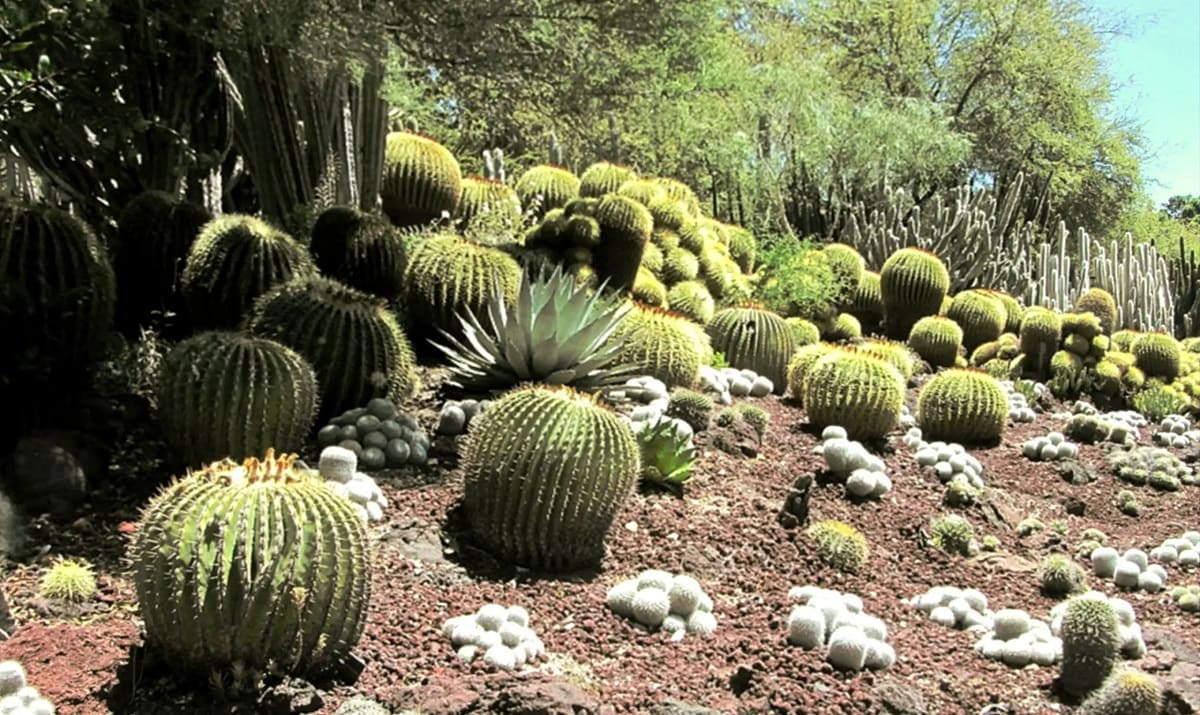

Plant Care & Gardening Tips
How Many Native Plant Species Are In The Southwest Desert
Modified: January 4, 2024
Discover the diverse array of native plant species in the Southwest Desert and gain valuable plant care and gardening tips. Explore the beauty and resilience of these desert plants.
(Many of the links in this article redirect to a specific reviewed product. Your purchase of these products through affiliate links helps to generate commission for Storables.com, at no extra cost. Learn more)
**
Introduction
**
The Southwest Desert region of the United States is a land of striking contrasts, where the harsh, arid environment is home to a remarkable diversity of native plant species. From the iconic saguaro cactus to the vibrant blooms of desert marigolds, the flora of the Southwest Desert plays a vital role in the region's ecosystem, culture, and history. In this article, we will delve into the captivating world of native plant species in the Southwest Desert, exploring their significance, the factors influencing their diversity, methods for estimating their numbers, and the crucial need for conservation and management efforts.
As we embark on this exploration, it's important to recognize the profound impact that native plants have on the desert landscape. These resilient species have adapted to the region's extreme conditions over millennia, serving as essential components of the intricate web of life in the desert ecosystem. Their ability to thrive in the face of adversity not only sustains diverse wildlife but also contributes to the unique beauty and character of the Southwest Desert.
Throughout this article, we will uncover the fascinating array of native plant species that call the Southwest Desert home, shedding light on their ecological roles, cultural significance, and the challenges they face in an ever-changing environment. By gaining a deeper understanding of these remarkable plants, we can cultivate a greater appreciation for the delicate balance of life in the desert and the importance of preserving its native flora for future generations to cherish and learn from.
**
Key Takeaways:
- The Southwest Desert is home to a diverse array of native plant species, playing vital roles in the ecosystem, culture, and history of the region. Their resilience and adaptability are crucial for sustaining life in the arid environment.
- Conservation efforts are essential to protect the rich botanical heritage of the Southwest Desert. Preserving native plant species ensures the ecological integrity, cultural significance, and aesthetic allure of this unique and fragile ecosystem.
Importance of Native Plant Species in the Southwest Desert
**
Native plant species in the Southwest Desert play a crucial role in maintaining the delicate balance of the region’s ecosystem. These plants have evolved unique adaptations to survive in the arid conditions, making them essential for the sustainability of the desert environment. Their significance extends beyond ecological importance, encompassing cultural, historical, and practical aspects that shape the identity of the Southwest Desert.
Ecological Significance:
- Biodiversity: Native plants form the foundation of the desert’s biodiversity, providing food, shelter, and nesting sites for a diverse array of wildlife, including insects, birds, and mammals. Their presence supports complex food webs and contributes to the overall resilience of the ecosystem.
- Soil Stabilization: The extensive root systems of native plants help prevent soil erosion in the desert, anchoring the fragile topsoil and mitigating the impacts of wind and water erosion. This function is vital for maintaining the integrity of the desert landscape.
- Water Conservation: Many native plant species have evolved efficient water retention mechanisms, enabling them to thrive with minimal moisture. This adaptation contributes to the conservation of water resources in the desert ecosystem, a critical factor in sustaining life in arid environments.
Cultural and Historical Significance:
- Traditional Uses: Native plant species have been integral to the livelihoods and cultural practices of indigenous communities in the Southwest Desert for centuries. These plants have been utilized for food, medicine, tools, and ceremonial purposes, embodying a profound connection between people and the land.
- Symbolism and Identity: Many native plants hold symbolic significance in the traditions and folklore of desert-dwelling cultures. They serve as emblems of resilience, endurance, and the unique spirit of the desert, enriching the cultural heritage of the region.
Practical Significance:
- Landscaping and Horticulture: Native plant species are valued for their aesthetic appeal and suitability for xeriscaping, a landscaping approach that promotes water conservation in arid regions. They are sought after for their ornamental beauty and low-maintenance qualities in residential, commercial, and public landscaping projects.
- Tourism and Recreation: The diverse array of native plant species in the Southwest Desert contributes to its allure as a destination for nature enthusiasts, hikers, and ecotourists. Visitors are drawn to the unique flora, enhancing the region’s appeal and supporting local economies.
Understanding the multifaceted importance of native plant species in the Southwest Desert underscores the need for concerted efforts to conserve and protect these invaluable components of the desert ecosystem and cultural heritage.
Factors Affecting Native Plant Species Diversity
The diversity of native plant species in the Southwest Desert is influenced by a myriad of interconnected factors, reflecting the intricate dynamics of this unique ecosystem. Understanding these factors is essential for comprehending the complex tapestry of plant life in the desert and the challenges it faces.
Climate:
The arid climate of the Southwest Desert, characterized by low and erratic precipitation, high temperatures, and intense sunlight, significantly impacts native plant species diversity. Adaptations to water scarcity, heat tolerance, and sun exposure are critical factors shaping the distribution and abundance of plants across different desert habitats.
Soil Conditions:
The composition and quality of desert soils play a pivotal role in determining the suitability of habitats for native plant species. Factors such as soil texture, nutrient availability, pH levels, and drainage patterns influence the establishment and growth of plants, contributing to the diversity of vegetation in the desert landscape.
Fire Regimes:
Natural fire events, often ignited by lightning strikes, have historically shaped the vegetation patterns in the Southwest Desert. Fire regimes, including the frequency, intensity, and seasonality of fires, influence the composition and structure of plant communities, affecting the diversity of species and promoting ecological resilience in certain ecosystems.
Human Impact:
Human activities, including urbanization, agriculture, mining, and infrastructure development, have exerted significant pressure on native plant species in the Southwest Desert. Habitat destruction, fragmentation, invasive species introduction, and resource extraction have led to habitat loss and degradation, posing substantial threats to plant diversity and ecosystem integrity.
Water Availability:
The availability of water, a precious and limited resource in the desert, profoundly affects the distribution and abundance of native plant species. Natural water sources, such as rivers, streams, and oases, as well as human-made water developments, influence the ecological niche of plants, shaping the diversity and composition of plant communities in different desert habitats.
Interactions with Wildlife:
The interplay between native plant species and wildlife, including herbivores, pollinators, seed dispersers, and predators, influences the dynamics of plant populations and the structure of plant communities. These interactions play a role in shaping the diversity and evolutionary adaptations of native plants in response to ecological pressures.
By acknowledging the complex interplay of these factors, we gain a deeper appreciation for the intricate web of influences that shape the diversity of native plant species in the Southwest Desert. This understanding is crucial for implementing effective conservation and management strategies to safeguard the rich botanical heritage of this extraordinary region.
Methods for Estimating Native Plant Species Diversity
Assessing the diversity of native plant species in the Southwest Desert requires the utilization of various scientific methods and approaches that capture the complexity and richness of the desert flora. Researchers and conservationists employ a range of techniques to estimate plant species diversity, shedding light on the intricate patterns of vegetation across different desert ecosystems.
Vegetation Sampling:
One of the fundamental methods for estimating plant species diversity involves vegetation sampling, where researchers systematically collect data on plant species composition, abundance, and distribution within specific study areas. This may involve quadrat sampling, transect surveys, or plot-based assessments, providing valuable insights into the spatial patterns and ecological associations of native plants.
Species Richness Indices:
Species richness indices, such as the Shannon-Wiener index and the Simpson diversity index, are statistical measures used to quantify the number of different plant species and their relative abundance in a given area. These indices offer a quantitative perspective on species diversity, taking into account both the presence of rare species and the evenness of species distribution within the plant community.
Remote Sensing and GIS:
Advancements in remote sensing technologies and geographic information systems (GIS) have revolutionized the assessment of plant species diversity in large and inaccessible desert landscapes. Satellite imagery, aerial photography, and LiDAR (Light Detection and Ranging) data enable the mapping of vegetation cover, species distribution patterns, and habitat heterogeneity, facilitating comprehensive analyses of plant diversity at regional and landscape scales.
Community Phylogenetics:
Community phylogenetics, a branch of evolutionary biology, investigates the evolutionary relationships and diversification of plant species within ecological communities. By examining the phylogenetic relatedness of native plants and their coexistence patterns, researchers gain insights into the historical processes and ecological mechanisms that have shaped plant diversity in the Southwest Desert over evolutionary time scales.
Citizen Science and Community Engagement:
Engaging citizen scientists and local communities in plant diversity assessments fosters collaborative efforts to gather valuable observational data across diverse desert environments. Citizen science initiatives, including plant identification programs, biodiversity surveys, and ecological monitoring projects, contribute to the collective understanding of native plant species diversity while promoting public awareness and participation in conservation endeavors.
By employing these diverse methodologies, scientists and conservation practitioners can comprehensively evaluate the native plant species diversity in the Southwest Desert, generating essential data for informed conservation planning, adaptive management strategies, and the preservation of the desert’s botanical heritage for future generations.
The Southwest Desert is home to over 2,000 native plant species, including cacti, succulents, and wildflowers. Many of these plants have adapted to the harsh desert environment and are important for the ecosystem.
Results of Native Plant Species Diversity in the Southwest Desert
The Southwest Desert harbors a rich tapestry of native plant species, showcasing remarkable diversity and adaptation to the region’s challenging environmental conditions. The results of extensive studies and surveys reveal the intricate patterns and ecological significance of plant diversity across the diverse landscapes of the desert, offering valuable insights into the botanical wealth of this extraordinary region.
Species Richness and Endemism:
The Southwest Desert is home to a multitude of plant species, with varying degrees of endemism and rarity. From iconic cacti, such as the saguaro and barrel cactus, to the delicate blooms of desert wildflowers and the hardy shrubs of the creosote bush scrub, the desert flora encompasses a wide spectrum of species adapted to different microhabitats and ecological niches.
Habitat Diversity and Vegetation Zones:
The desert landscape showcases diverse vegetation zones, ranging from saguaro-studded Sonoran Desert to the Joshua tree-dominated Mojave Desert and the creosote bush flats of the Chihuahuan Desert. Each habitat supports a unique assemblage of plant species, reflecting the influence of climatic gradients, soil characteristics, and topographic features on vegetation patterns and species composition.
Keystone Plant Species:
Certain native plant species in the Southwest Desert serve as keystone species, exerting profound ecological impacts and providing essential resources for wildlife and ecosystem functioning. Examples include the nurse plants that facilitate the establishment of other species, the nitrogen-fixing legumes that enrich the soil, and the foundation species that shape the structure and dynamics of plant communities.
Threats to Plant Diversity:
Despite the resilience of native plants, the Southwest Desert faces significant challenges that threaten plant diversity, including habitat degradation, invasive species encroachment, climate change impacts, and anthropogenic disturbances. These threats underscore the importance of proactive conservation measures to safeguard the unique flora of the desert and mitigate the risks posed to native plant communities.
Conservation Hotspots and Priorities:
Identification of conservation hotspots, areas of high plant diversity and endemism, guides targeted conservation efforts to preserve critical habitats and safeguard vulnerable plant species. By prioritizing the protection of key areas and implementing habitat restoration initiatives, conservationists aim to maintain the ecological integrity and resilience of the desert’s plant communities.
By unraveling the results of native plant species diversity in the Southwest Desert, researchers and conservationists gain a deeper appreciation for the complex interplay of ecological, evolutionary, and anthropogenic factors shaping the desert flora. These insights inform conservation strategies and management actions aimed at preserving the botanical heritage of the Southwest Desert for future generations to cherish and study.
Conservation and Management of Native Plant Species in the Southwest Desert
The conservation and management of native plant species in the Southwest Desert are paramount to preserving the ecological integrity, cultural heritage, and aesthetic allure of this unique and fragile ecosystem. As the desert faces escalating environmental pressures, concerted efforts are essential to safeguard the rich botanical diversity and ensure the resilience of native plant communities for future generations.
Habitat Protection and Restoration:
Preserving intact habitats and restoring degraded areas are fundamental strategies for conserving native plant species in the Southwest Desert. This involves establishing protected areas, such as national parks, wildlife refuges, and conservation reserves, and implementing habitat restoration projects to enhance the viability of plant populations and promote ecosystem recovery.
Invasive Species Management:
The control and eradication of invasive plant species, which pose a significant threat to native flora in the desert, are critical components of conservation efforts. By preventing the spread of invasive plants and restoring native plant communities, conservationists mitigate the impacts of biological invasions on plant diversity and ecosystem function.
Climate Change Adaptation:
Addressing the challenges posed by climate change, including rising temperatures, altered precipitation patterns, and increased frequency of extreme events, is essential for the long-term conservation of native plant species. Adaptive management strategies, such as promoting resilient plant species, enhancing habitat connectivity, and facilitating assisted migration of at-risk plants, contribute to the adaptation of desert flora to changing environmental conditions.
Community Engagement and Education:
Engaging local communities, landowners, and stakeholders in conservation initiatives fosters a sense of stewardship and collective responsibility for native plant species in the Southwest Desert. Educational programs, outreach activities, and collaborative partnerships raise awareness about the value of desert flora, promote sustainable land management practices, and empower individuals to contribute to conservation efforts.
Research and Monitoring:
Ongoing research, monitoring, and ecological assessments provide essential data for informed decision-making and adaptive management of native plant species. By tracking population trends, studying ecological interactions, and evaluating the effectiveness of conservation measures, researchers contribute to the scientific foundation of plant conservation and the identification of priority areas for intervention.
Policy and Advocacy:
Advocating for policies and regulations that support the conservation of native plant species is integral to ensuring effective protection and management of the Southwest Desert’s botanical heritage. By advocating for habitat conservation, sustainable land use practices, and the integration of plant conservation considerations into land management policies, conservationists work to secure legal frameworks that prioritize plant diversity and ecosystem health.
By integrating these conservation and management approaches, stakeholders, and advocates strive to safeguard the remarkable diversity and ecological resilience of native plant species in the Southwest Desert, nurturing a legacy of botanical richness and natural beauty that endures for generations to come.
Conclusion
The captivating realm of native plant species in the Southwest Desert embodies a story of resilience, adaptation, and interconnectedness, shaping the intricate tapestry of life in this extraordinary ecosystem. From the iconic saguaros standing sentinel in the Sonoran Desert to the tenacious shrubs dotting the arid landscapes, the diversity of native plants is a testament to the enduring spirit of the desert and its inhabitants.
As we reflect on the importance, challenges, and conservation of native plant species in the Southwest Desert, it becomes evident that these resilient flora are not merely components of the landscape but integral threads in the fabric of the desert’s identity. Their ecological significance, cultural heritage, and practical value underscore the imperative of preserving their diversity and ensuring their sustained existence in the face of evolving environmental pressures.
By unraveling the factors influencing plant diversity, estimating species richness, and understanding the results of plant diversity assessments, we gain a profound appreciation for the intricate web of life in the desert and the critical need for proactive conservation and management efforts. These endeavors encompass habitat protection, invasive species management, climate change adaptation, community engagement, research, and policy advocacy, forming a comprehensive framework for safeguarding the botanical heritage of the Southwest Desert.
Looking ahead, the conservation and management of native plant species in the Southwest Desert demand a collective commitment to nurturing the delicate balance of flora, fauna, and ecosystems that define this arid expanse. Through collaborative partnerships, informed decision-making, and a shared dedication to the preservation of plant diversity, we can cultivate a legacy of botanical richness that transcends generations, inspiring awe, fostering resilience, and enriching the human experience amidst the timeless allure of the Southwest Desert.
May the vibrant blooms of desert wildflowers, the stoic presence of ancient cacti, and the tenacious spirit of desert shrubs continue to thrive, weaving a narrative of endurance and beauty that echoes across the vast expanses of the Southwest Desert, a testament to the enduring legacy of native plant species in this remarkable land.
Frequently Asked Questions about How Many Native Plant Species Are In The Southwest Desert
Was this page helpful?
At Storables.com, we guarantee accurate and reliable information. Our content, validated by Expert Board Contributors, is crafted following stringent Editorial Policies. We're committed to providing you with well-researched, expert-backed insights for all your informational needs.
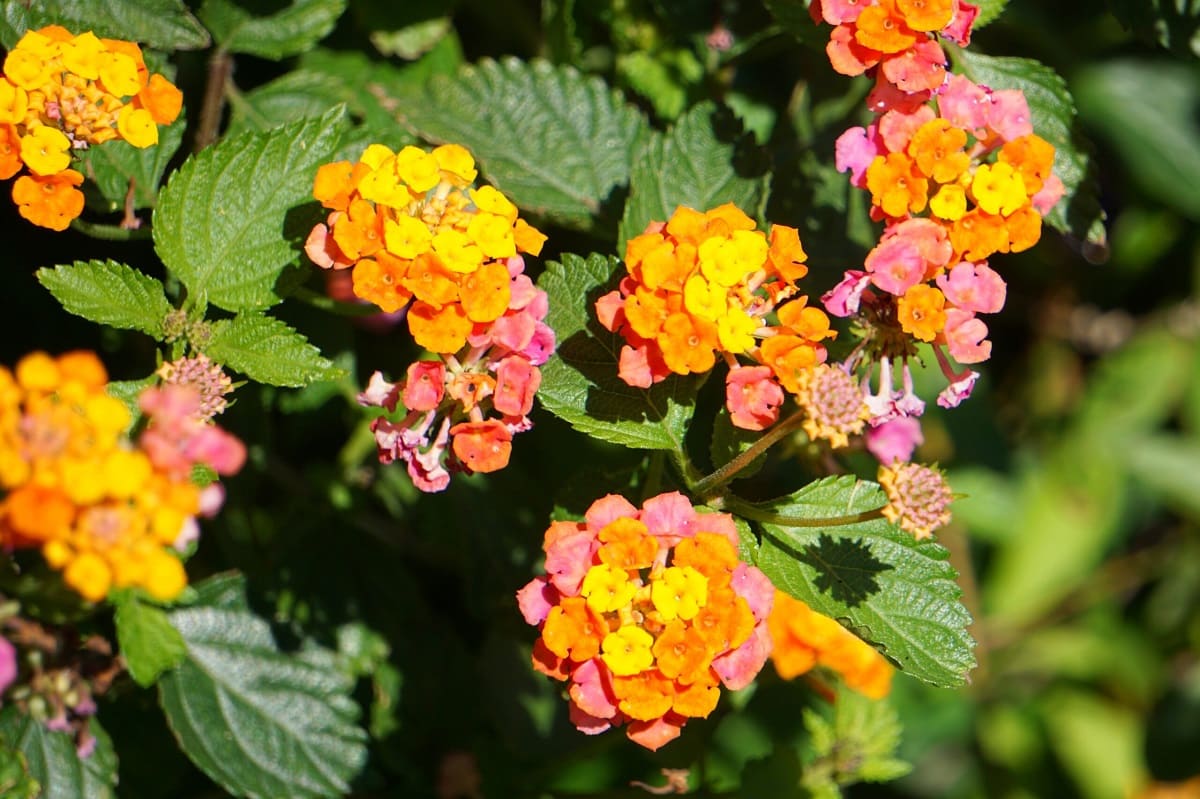
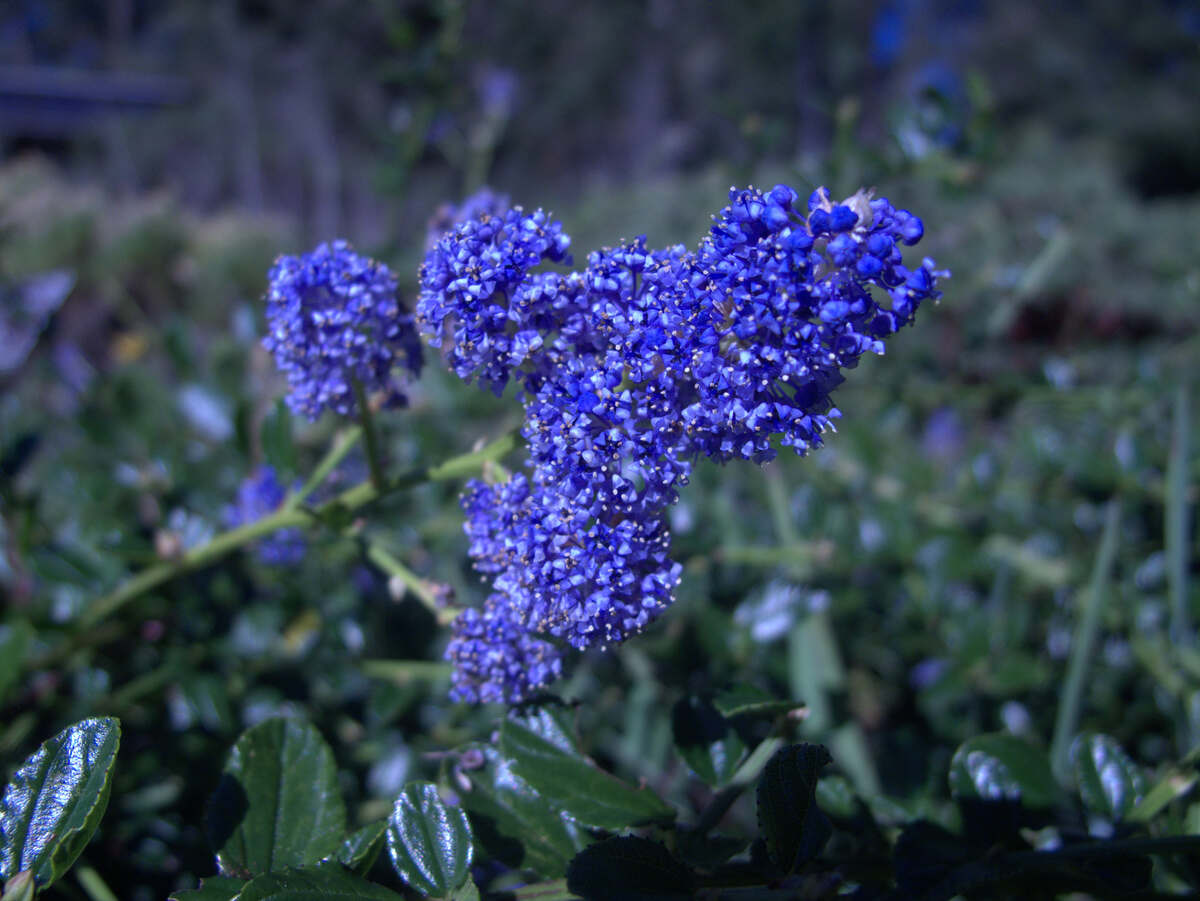
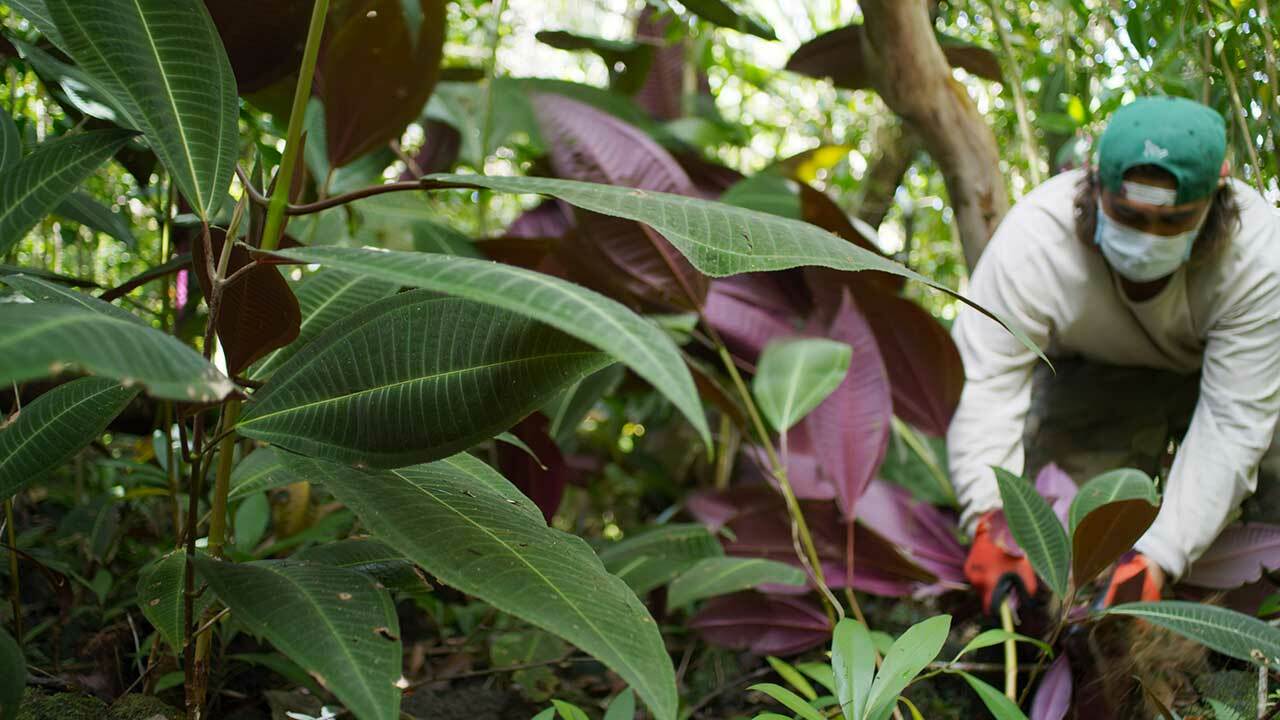
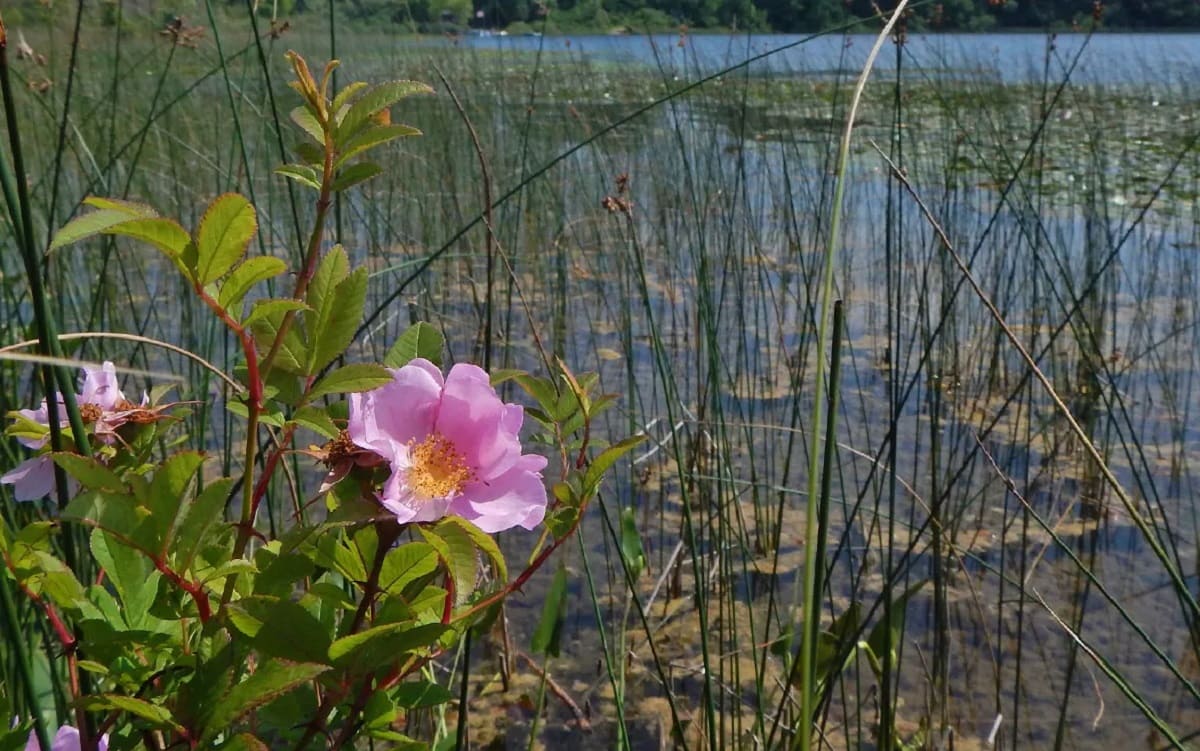

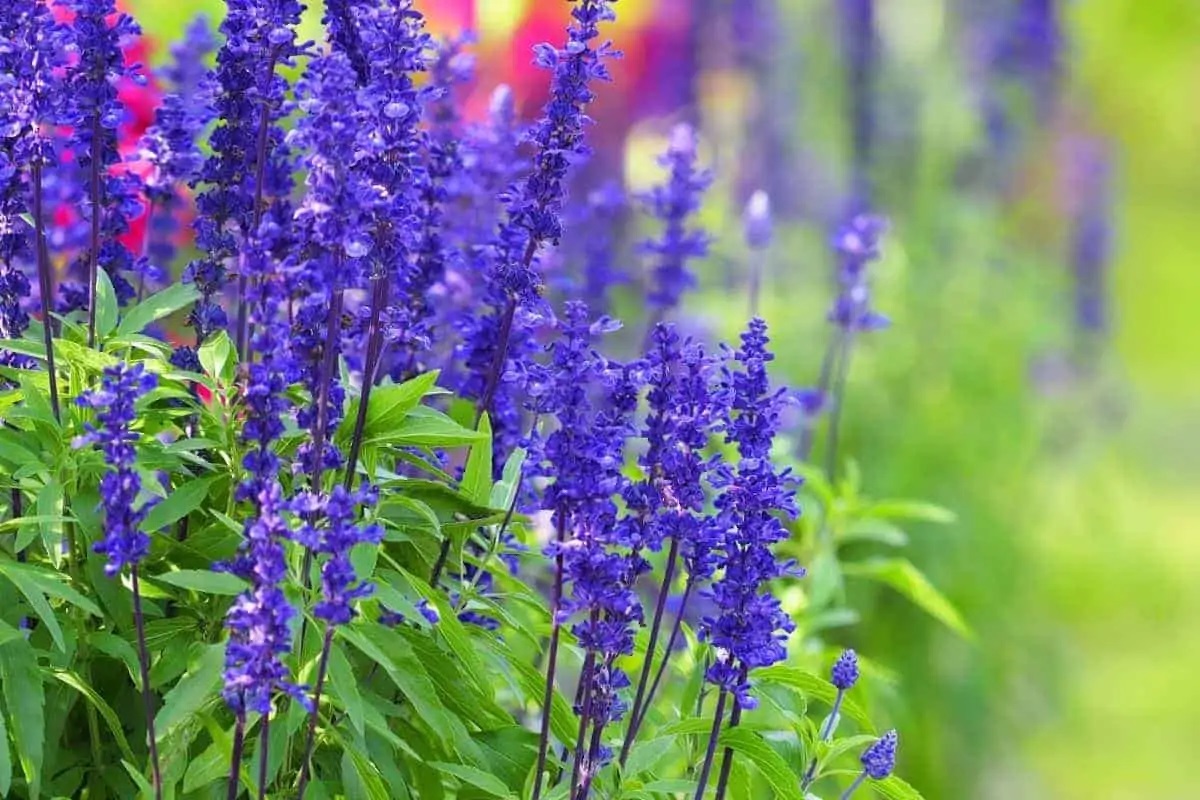

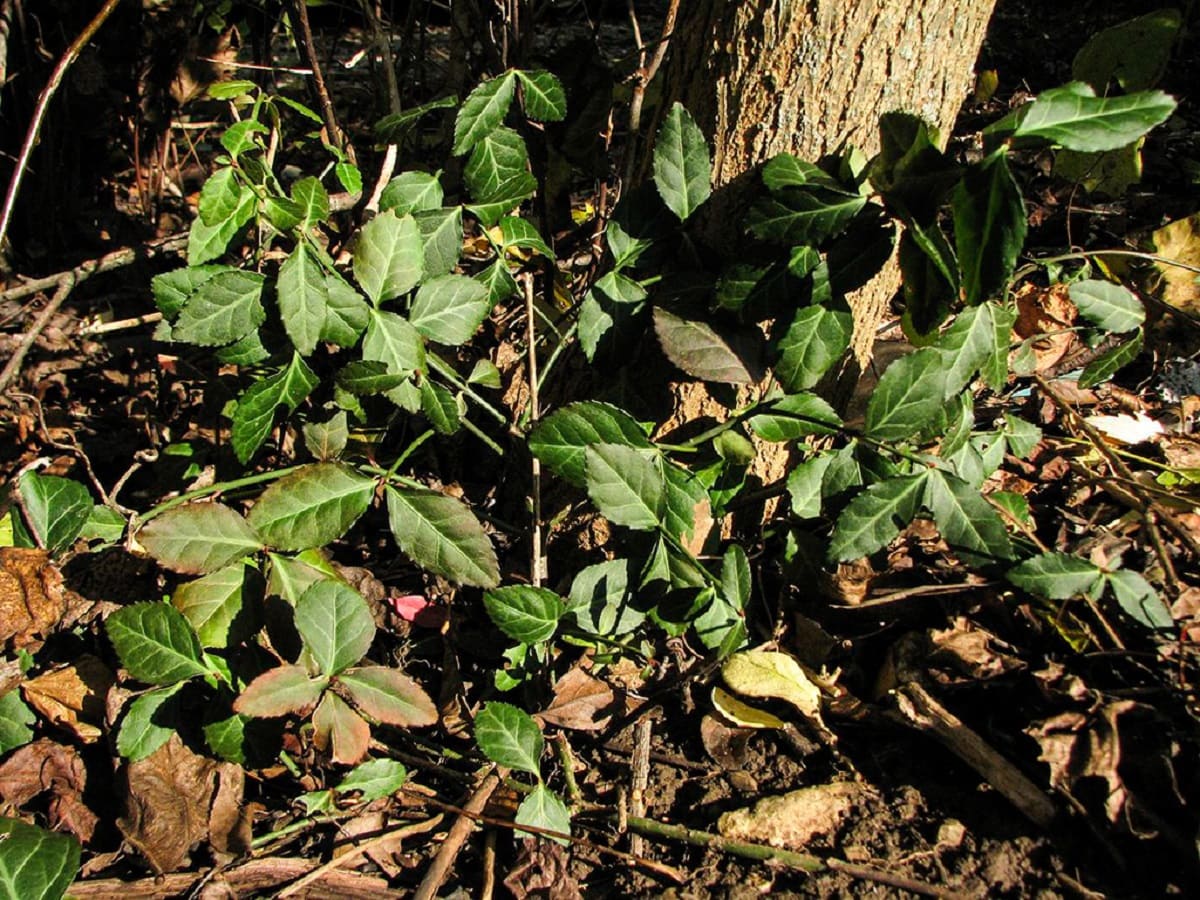
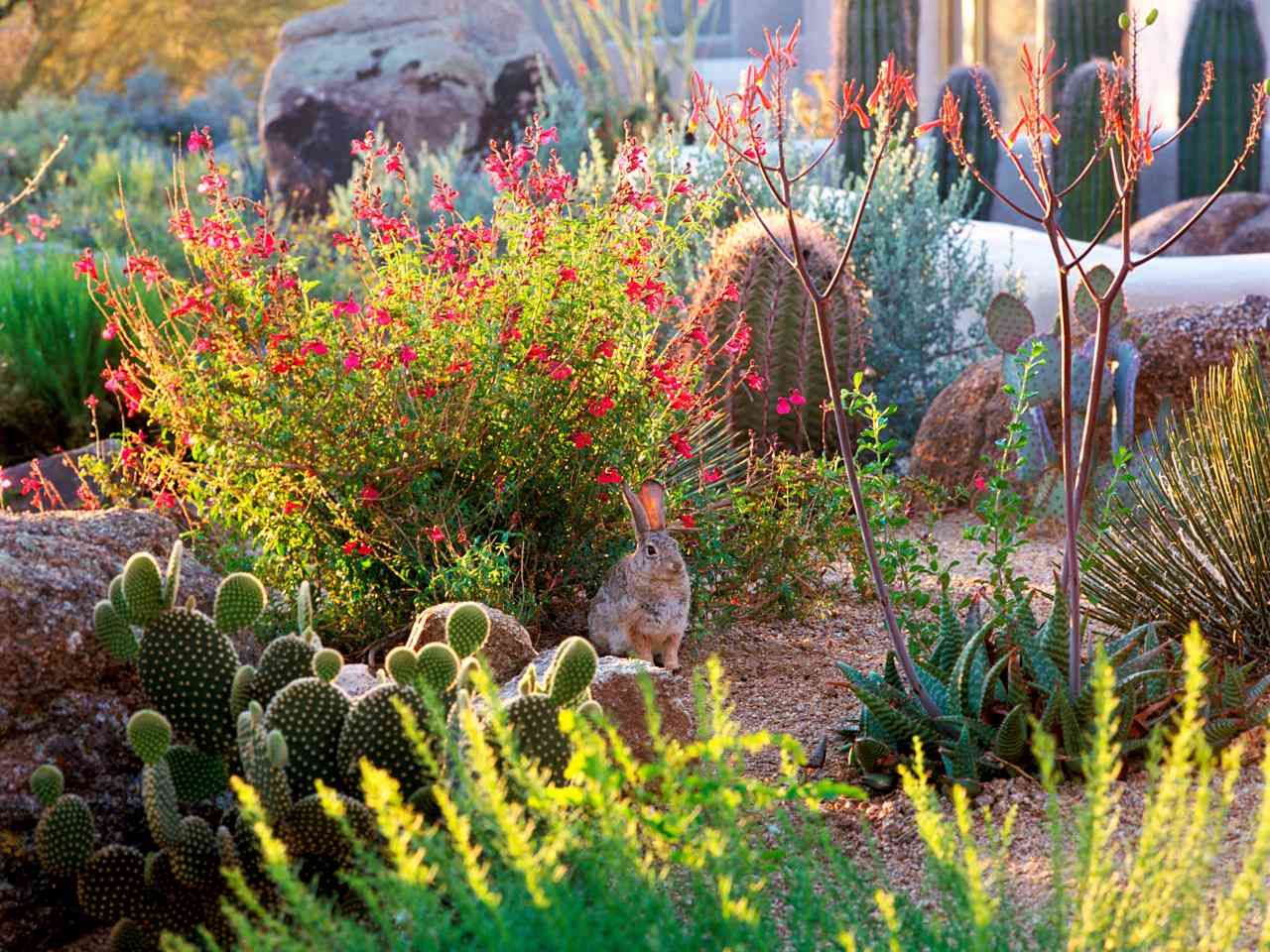
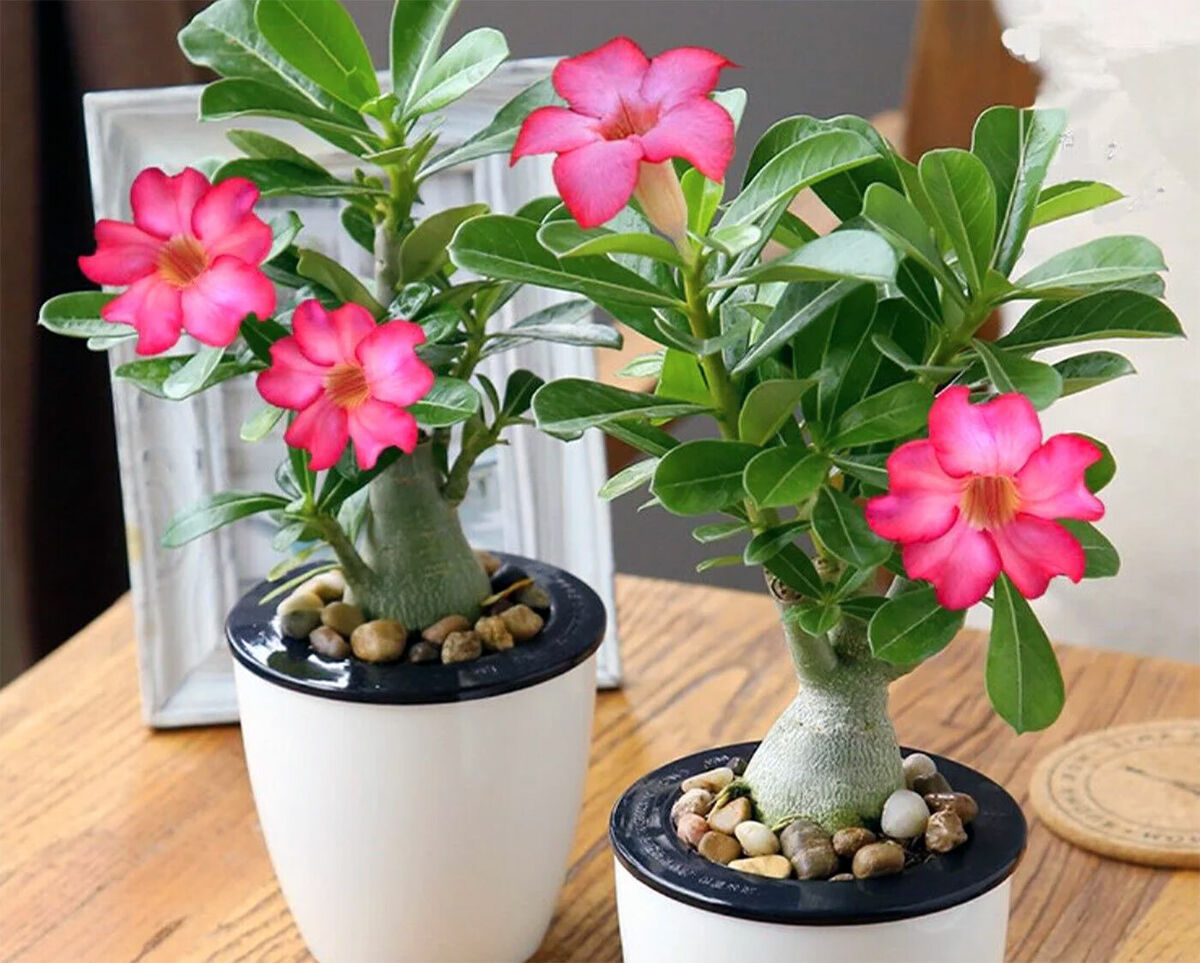
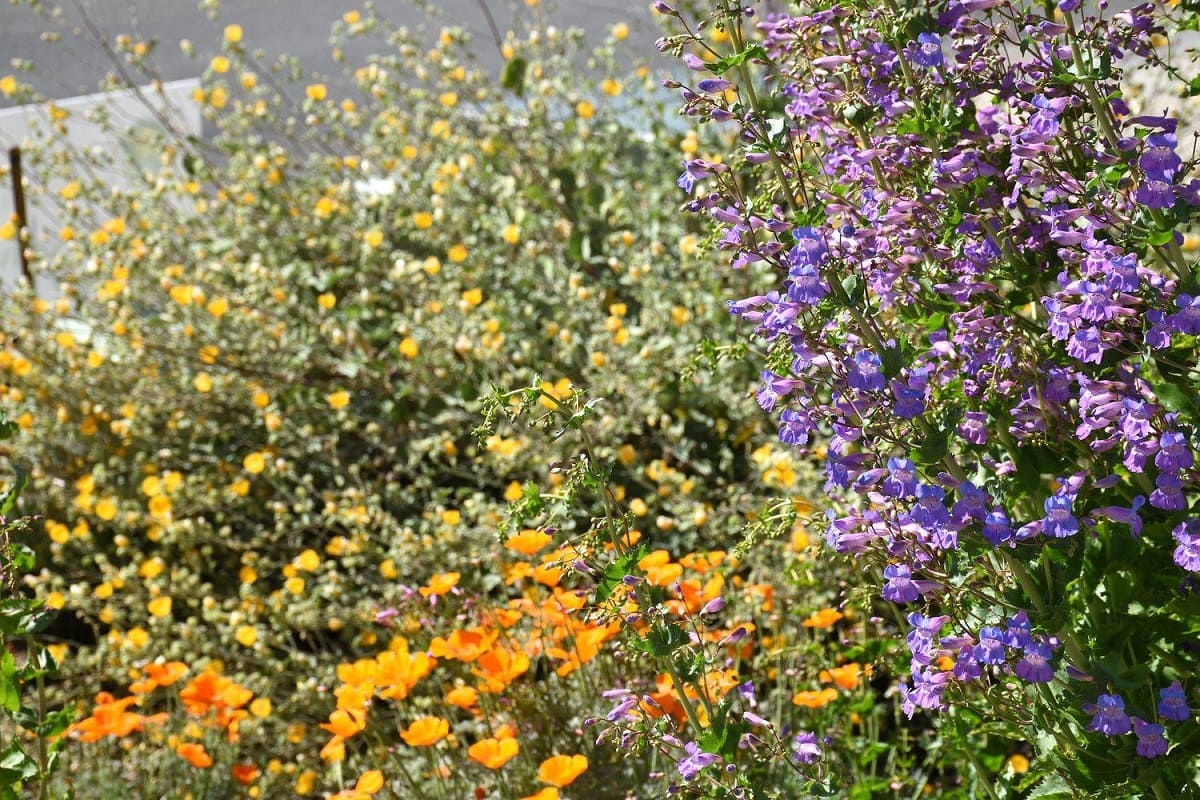
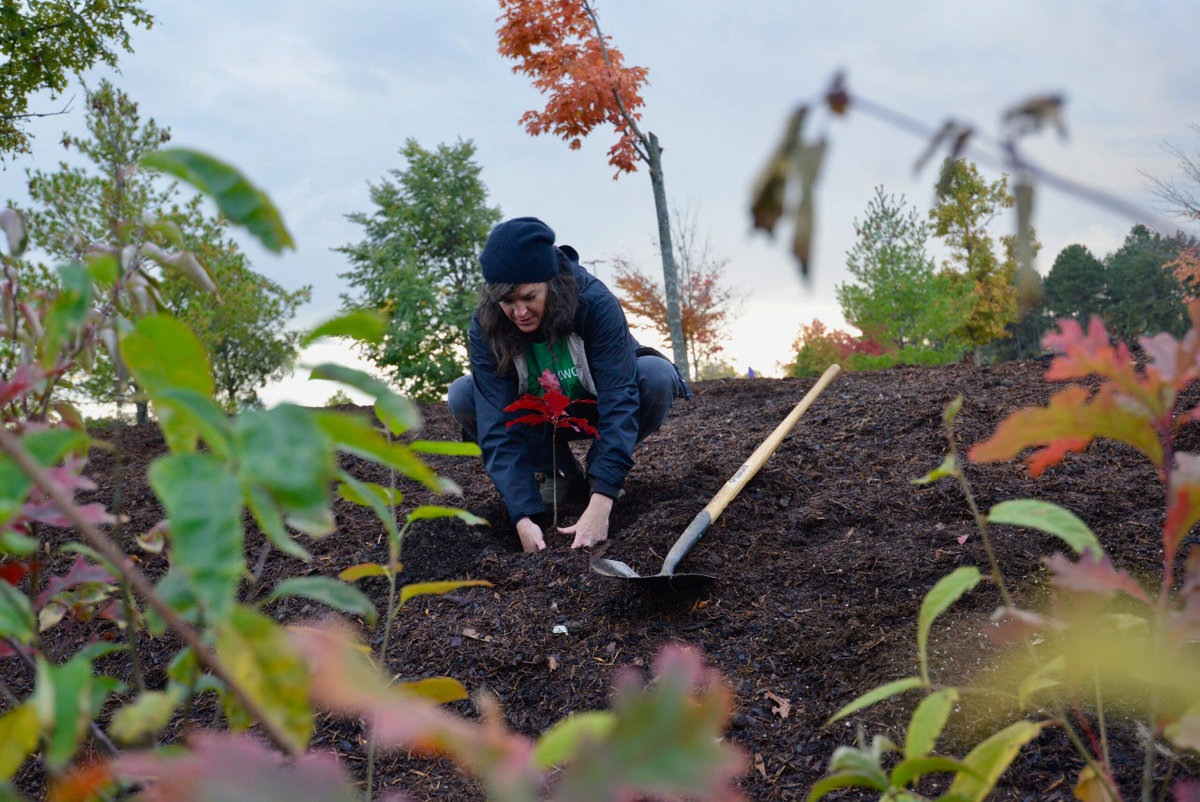
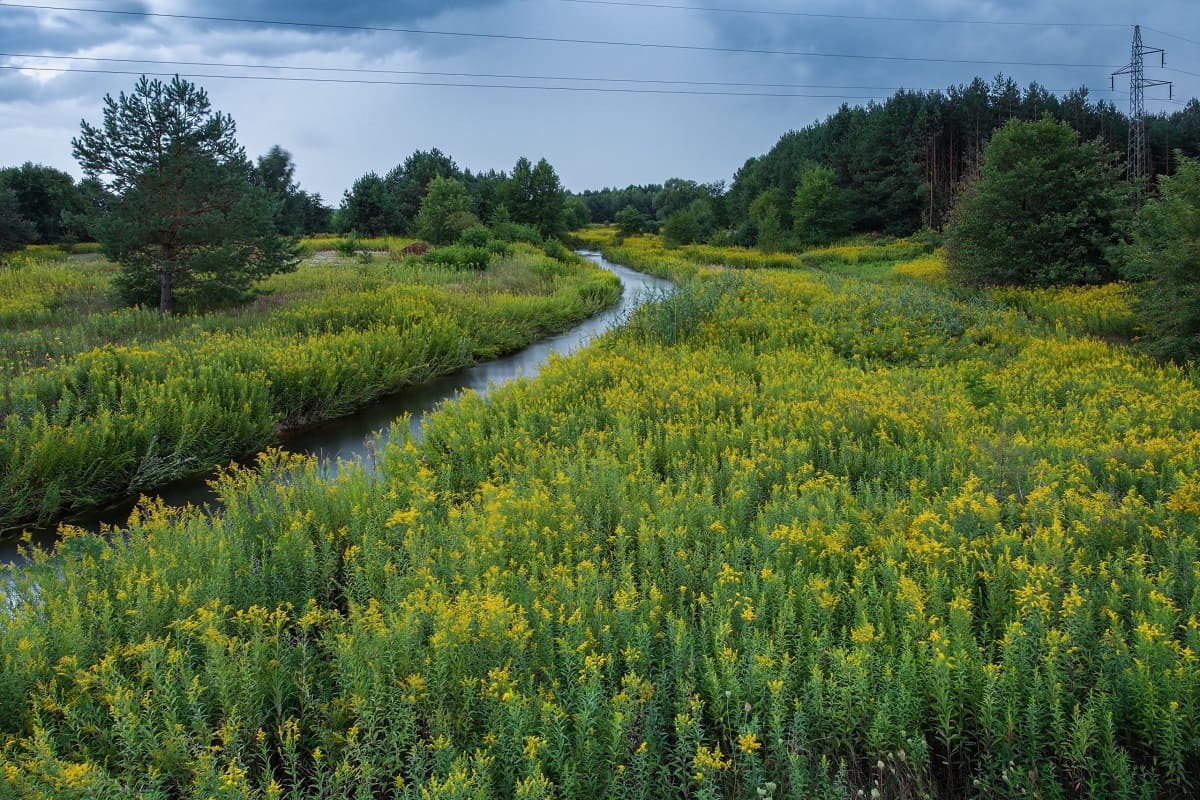
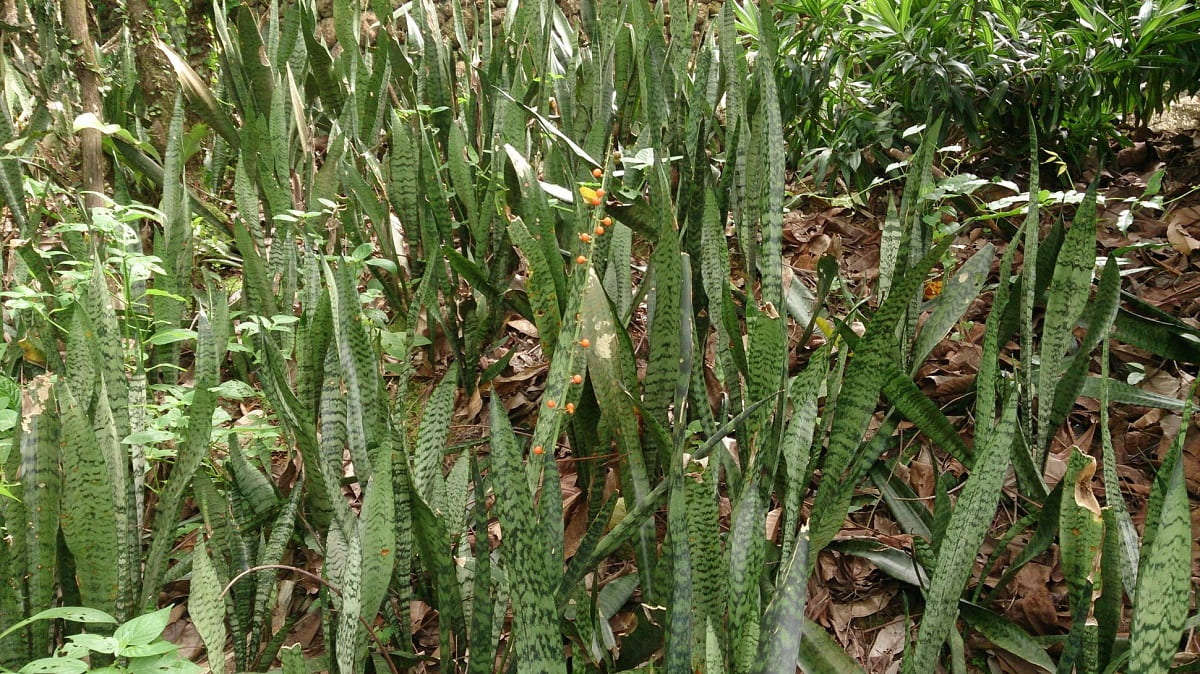

0 thoughts on “How Many Native Plant Species Are In The Southwest Desert”